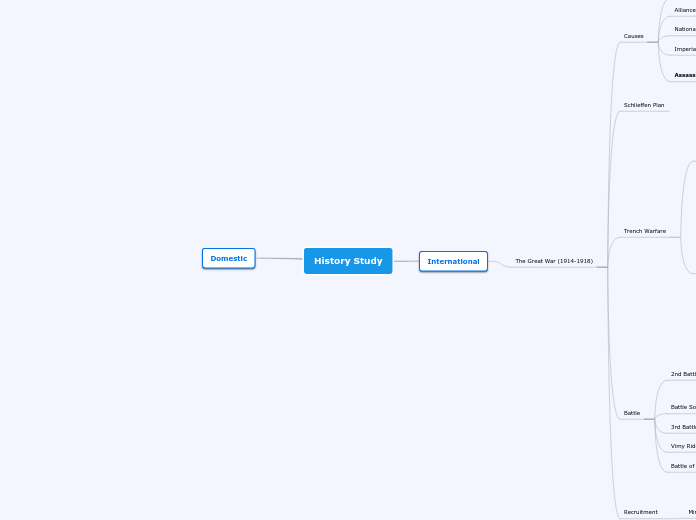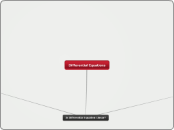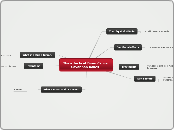History Study
International
The Great War (1914-1918)
Recruitment
Minorities
Japanese Canadians
Black Canadians
Not fit to be soldiers but then non-fighting
Indigenous Canadians
No political rights, but respected for wilderness skills
Battle
Battle of Amiens
Pushed 20 km out of france and belgium
Vimy Ridge (April 1917)
3rd Battle of Ypres Passchendaele (July 1917)
Subtopic
Battle Somme (July 1916)
Disrract verdun
2nd Battle of Ypres (April 1915)
No conclusive
Germans use gas attacks
Trench Warfare
Life of the Soldier
Rest
Leave
Passing Time
Food and Conditions
Day-to-day work
Front Line
Support Line
Reserve Line
Technologies
Machine Guns
400-600 shots per minute
Heavy 3-5 people needed
Artillery
Not new, but cooler now with industrially produced shells
Long range explosives which killed most people
Schlieffen Plan
Causes
Assassination
Assassination of Archduke Franz Ferdinand of Austria, heir to the Austro-Hungarian throne, who was killed in Sarajevo along with his wife Duchess Sophie by Gavrilo Princip, a Bosnian
Imperialism
Nationalism
Alliances
Militarism
Domestic









